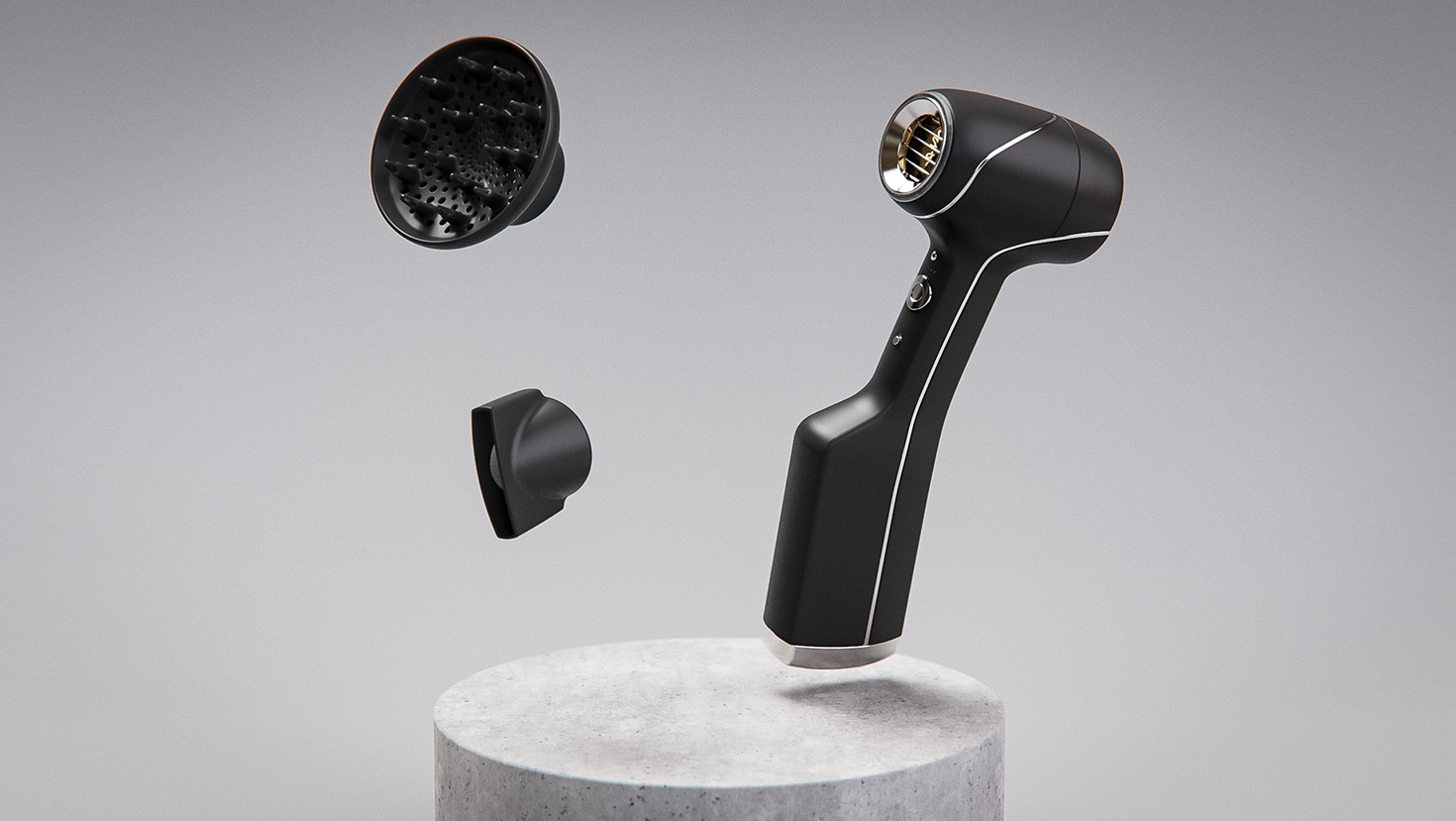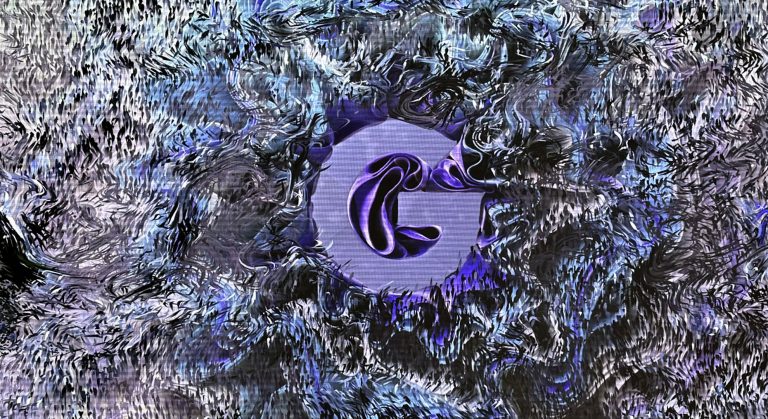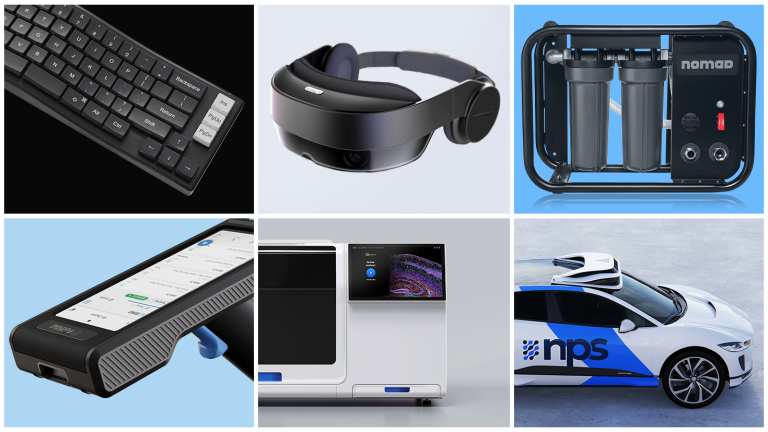Ever since the release of Pixar’s Toy Story in 1995, the world’s fascination with the 3D space sparked. It was the first time a fully 3D, computer animated feature length film was on the big screen. From that point forward, computer graphics technology rapidly grew. It wasn’t until the early 2000s where 3D rendering was starting to get adopted into product design. This was a huge advancement since designers were now able to get photoreal imagery quickly for their presentations. Prior to 3D rendering, designers would spend hours sketching with pens and markers or photoshop to help envision what a product might look like.
For me, it wasn’t until late in my second year of design school that I was introduced to 3D rendering. At first, I was using Solidworks Visualize since it came included with the student license, but it wasn’t until I discovered Keyshot that my fascination for the 3D space grew.
Looking back at my early renders, it is clear that I had no clue what I was doing since I had no photography or 3D experience. From there I took a deep dive into learning the foundations of photorealistic renders from not only other Keyshotters, but animators as well since we all share a common goal. Photorealism.
Photorealistic 3D renders can be broken down into 4 main foundational layers: Modeling, Textures, and Camera composition. Each building off of the previous one.
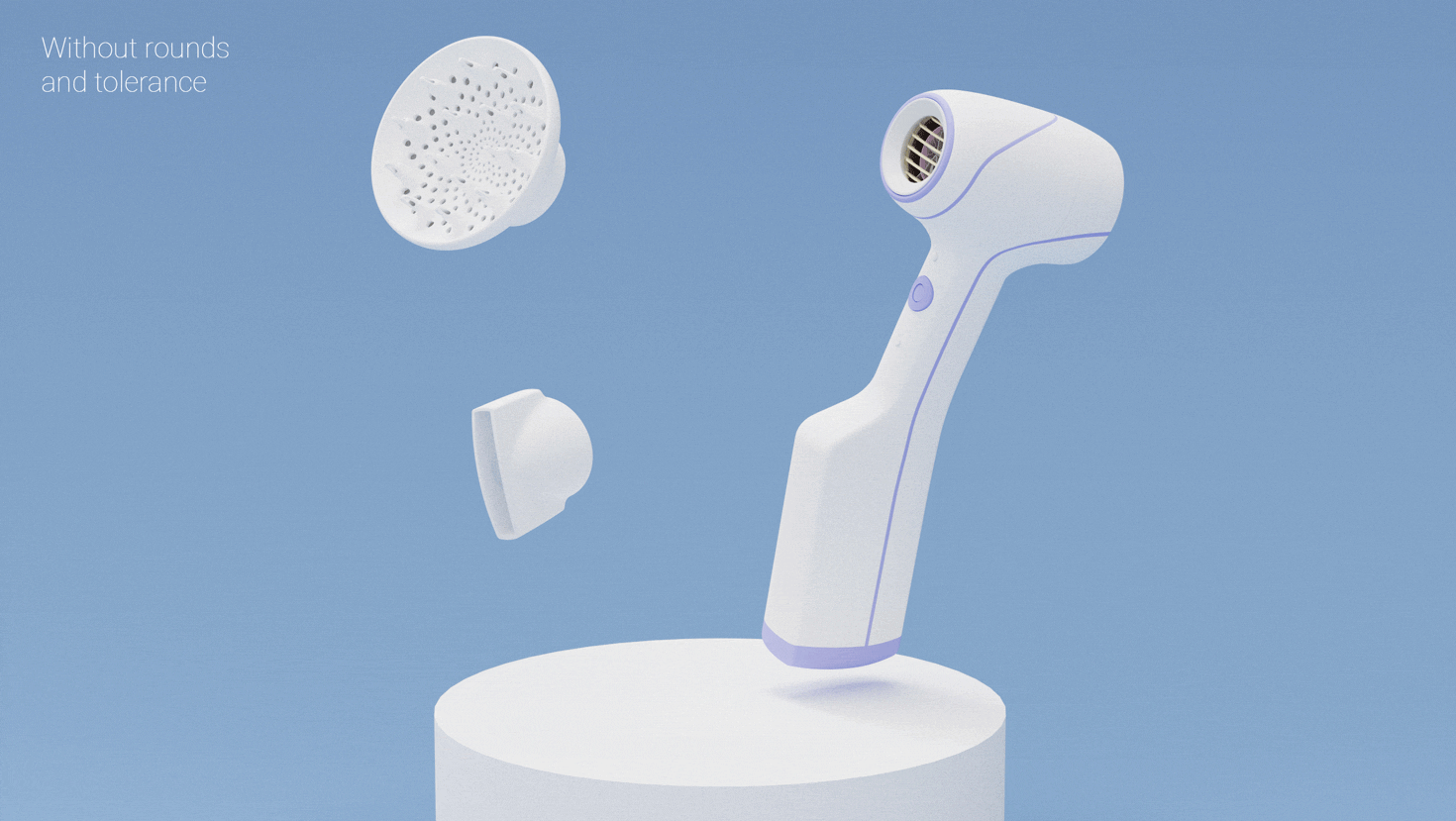
It all starts with your 3D model
By understanding photorealistic 3d modeling, industrial designers can accurately simulate product aesthetics and functionality before physical prototyping. To get there, you have to match the proportions and minor details of the real world.
To start, make sure to add rounds to the edges on your model. Having rounds allows for edge highlights to appear, giving your render more depth and realism. At the same time, many products will have radii on sharp edges for consistent edge quality and for easier removal from the mold.
Next is to try your best to mimic the little details that commonly get overlooked such as tolerances between parts, graphics, and chords. It always helps to have a reference product on hand to double check your work.
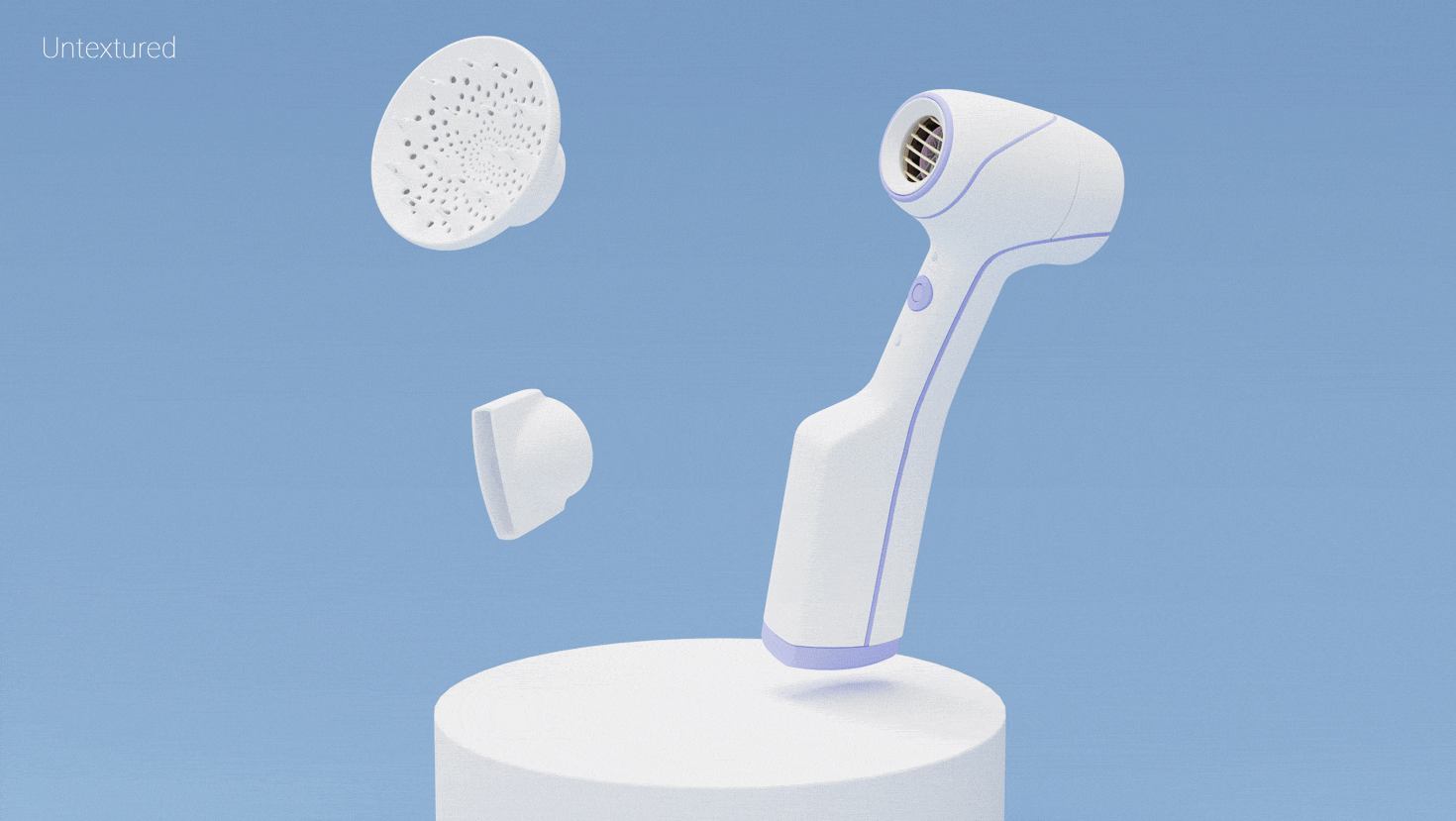
Adding life and personality to your 3D model
Precise and realistic textures make virtual objects feel lifelike, bridging the gap between the digital and physical world.
One of the best ways to quickly achieve this is by using PBR Textures. PBR textures are realistic material textures created and used in 3D rendering to accurately simulate how light interacts with different surfaces, including properties like roughness, metallicness, and reflectivity, resulting in highly lifelike visual representations of objects. They are made using a combination of high-resolution photographs to ensure accurate lighting and shading in virtual environments.
Lastly, try your best to match those minor surface details we constantly neglect. This is where the reference comes into play. Looking for those imperfections like warping, wear, bumps, and transparency. No object has a perfect surface so it’s important to include those details.
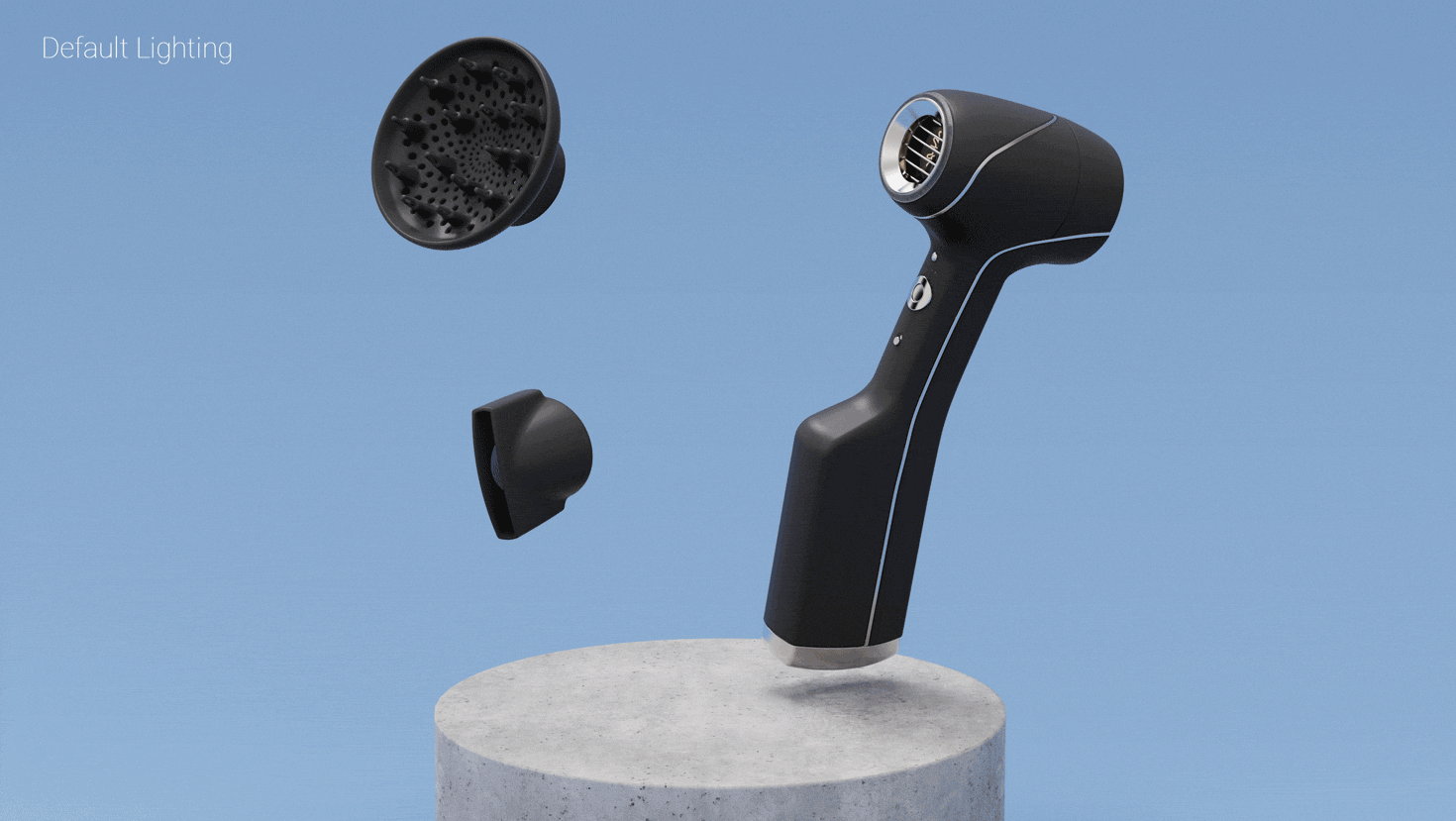
Bring it into the light
Lighting is not only used to create a well exposed image, but it is also used to create tone and emotion. To achieve a certain look & mood, you have to match light color, direction, and intensity as you would see in real life.
Starting off, understanding color temperature on the Kelvin scale enables you to replicate the natural shifts in color that occur during different times of the day or in specific environments. For example, by setting a higher Kelvin value of around 6500K, it will recreate the cool, bluish hues of daylight for a sunny scene. On the opposite end, by setting a low Kelvin value of around 3500K, it will reproduce the warm, golden hues of a sunset. This same concept can also be applied to fluorescent and incandescent light bulbs.
Probably the easiest way to get accurate lighting is to use HDRIs. HDRIs are basically lighting environments made from a series of exposures taken from a 360 camera in a said place. This is the most accurate form of lighting for 3D work since all lighting color, intensity, and direction data are included in the file.
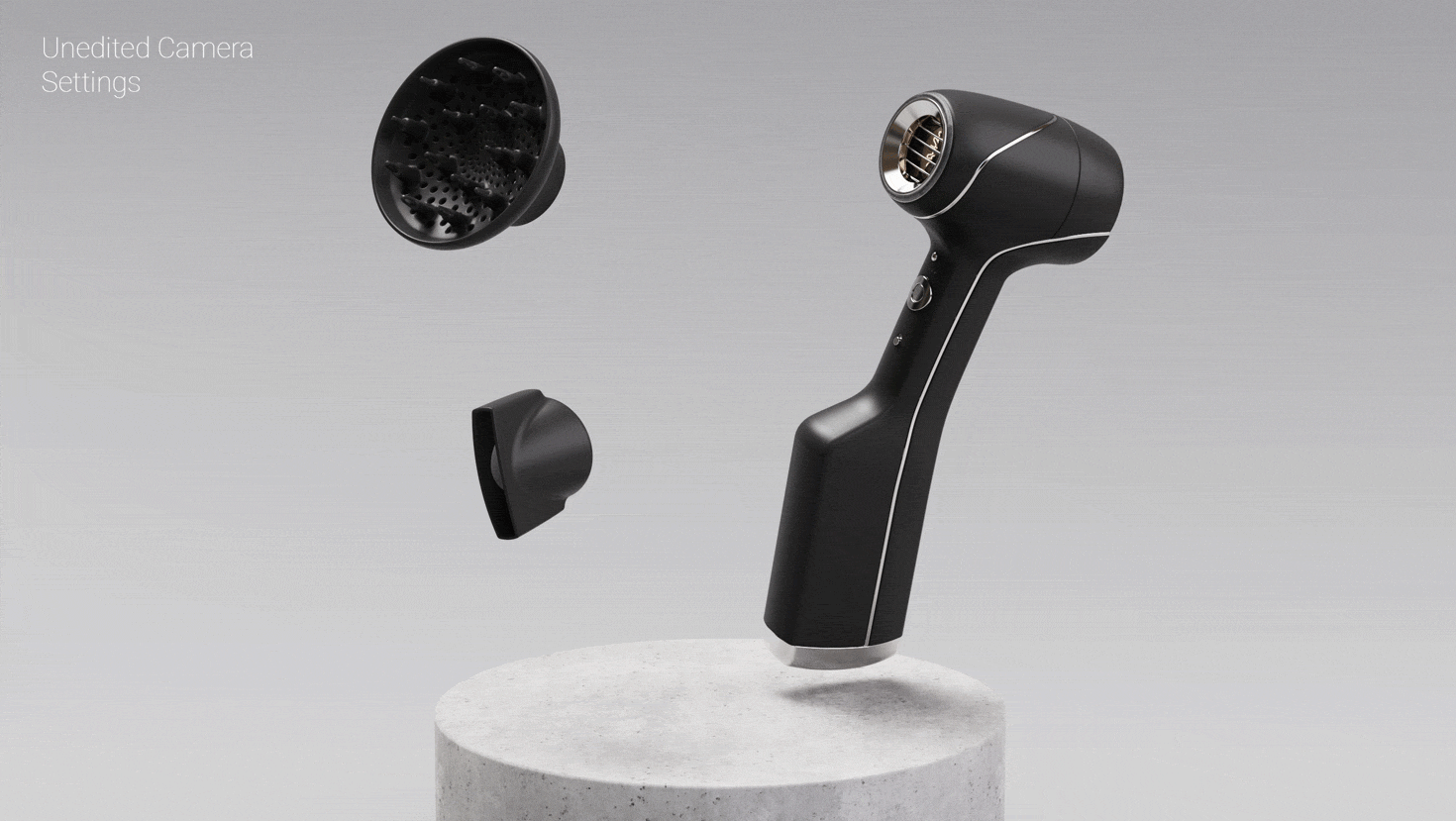
Looking at it through the lens of a real camera
Recreating camera imperfections in photorealistic rendering adds a touch of authenticity, as it emulates the nuances and limitations of real-world photography.
First thing is to play around with the focal length of the camera. Shorter focal lengths provide a wider field of view, ideal for in-context or environmental renders. On the other hand, longer focal lengths provide a more focused view, ideal for close ups and detail shots.
Next thing to do is to try to use depth of field. Depth of field defines the distance where objects will be in and out of focus. F-stop defines how large that field is. The smaller the F-Stop, the smaller the field and the blurrier your image will get. On the flip side, a larger F-Stop the more things will be in focus.
Then there is bloom. This is imitating the artifacts from cameras when picking up direct light or an overexposed point, giving the light a glowing halo.
Lastly, there is chromatic aberration. This is a color distortion that appears on the edge of objects when there is high contrast between light and dark objects.
The attention to the small details in recreating camera imperfections in photorealistic rendering demonstrates a commitment to realism, elevating the visual quality and immersiveness of the final output.
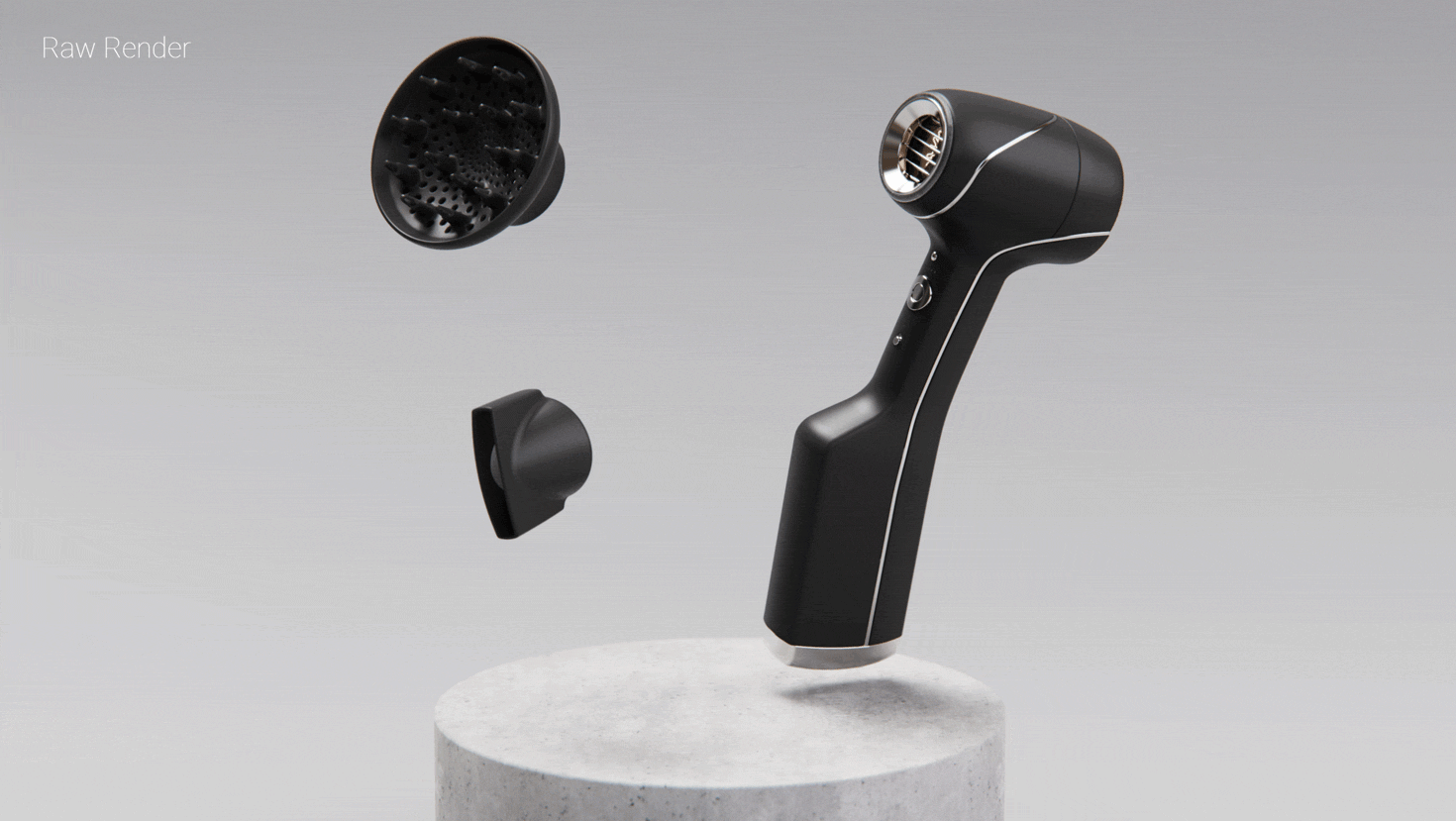
The Bonus Cherry on top
While raw renders are good, by dropping it into a program like Adobe Lightroom can take a great render and turn it into an incredible one. There you can edit your image to add more contrast, clarity, and do any color correction as well.
The four foundational pillars of photorealistic 3D rendering—modeling, lighting, texturing, and camera composition—form the backbone of creating visually stunning and believable renderings. They are a great place to start for a beginner. To learn more about this check out youtube channels such as the Blender Guru, Corridor Crew, or Pwnisher. Learning from outside of the product design space gives you a new perspective on what goes on in the mind of these artists. Later on you can use that knowledge to develop your own process and create your own incredible renders.
